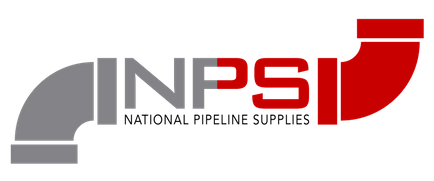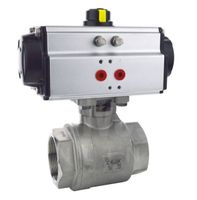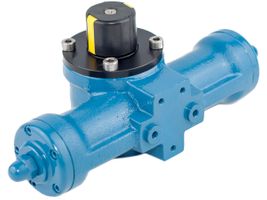
In simple terms an actuator is a means of turning a valve on or off, this can be done manually or via other various methods. An actuator is a component of a machine that is responsible for moving and controlling a mechanism or system, for example by opening a valve. In simple terms, it is a "mover". An actuator requires a control signal and a source of energy. The motion it produces can be either rotary or linear. The actuator produces a motion by converting energy and signals going into the system. There are three main types we sell or can source from quality suppliers, being Pneumatic, Hydraulic or Electrical. See below:
Pneumatic Actuators
Pneumatic actuators are one of the most reliable options for machine motion. They use pressurized gases to create mechanical movement. Many companies prefer pneumatic-powered actuators because they can make very precise motions, especially when starting and stopping a machine. Pneumatic actuators enable considerable forces to be produced from relatively small pressure changes. Pneumatic energy is desirable for main engine controls because it can quickly respond in starting and stopping as the power source does not need to be stored in reserve for operation. Moreover, pneumatic actuators are cheaper, and often more powerful than other actuators. These forces are often used with valves to move diaphragms to affect the flow of air through the valve. The advantage of pneumatic actuators consists exactly in the high level of force available in a relatively small volume. While the main drawback of the technology consists in the need for a compressed air network composed of several components such as compressors, reservoirs, filters, dryers, air treatment subsystems, valves, tubes, etc. which makes the technology energy inefficient with energy losses that can sum up to 95%.
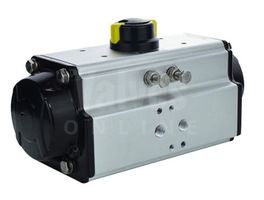
Hydraulic Actuators
Hydraulic actuators operate by the use of a fluid-filled cylinder with a piston suspended at the center. Commonly, hydraulic actuators produce linear movements, and a spring is attached to one end as a part of the return motion. The hydraulic actuator consists of cylinder or fluid motor that uses hydraulic power to facilitate mechanical operation. The mechanical motion gives an output in terms of linear, rotatory or oscillatory motion. As liquids are nearly impossible to compress, a hydraulic actuator can exert a large force. The drawback of this approach is its limited acceleration. The hydraulic cylinder consists of a hollow cylindrical tube along which a piston can slide. The term single acting is used when the fluid pressure is applied to just one side of the piston. The piston can move in only one direction, a spring being frequently used to give the piston a return stroke. The term double acting is used when pressure is applied on each side of the piston; any difference in force between the two sides of the piston moves the piston to one side or the other. These actuators are widely seen in exercise equipment such as steppers or car transport carriers.

Electric Actuators
Electric actuators, as you may have guessed, require electricity to work. Well-known examples include electric cars, manufacturing machinery, and robotics equipment. Similar to pneumatic actuators, they also create precise motion as the flow of electrical power is constant. Electric actuators are motor-driven components that drive or trigger other functions in a circuit. They use electrical input current - unlike hydraulic, pneumatic, thermal or magnetic actuators - and convert it to mechanical (linear or rotary/torque) energy for powering various sorts of control systems.
The two main types of electrical actuators include:
- Electromechanical actuators: These actuators convert electric signals into rotary or linear movements and may even be capable of a combination of both.
- Electrohydraulic actuators: This type of actuator is also powered electrically but gives movement to a hydraulic accumulator. The accumulator then provides the force for movement, usually seen in heavy industrial equipment.
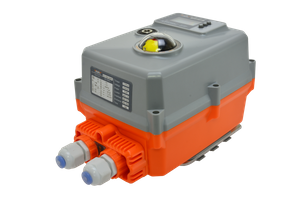
Give us a call or fill out the contact form and one of our friendly team members will be in touch...
